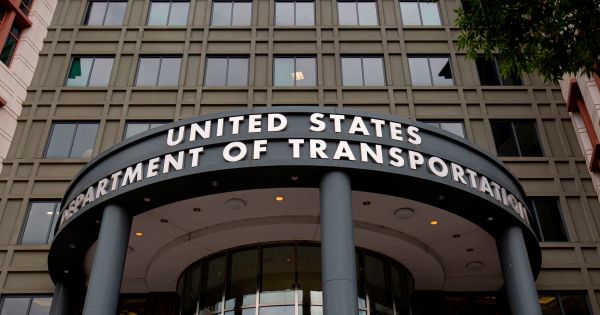OPM will use AI to modernize legacy IT system over a two-year period

The Office of Personnel Management will lean heavily on artificial intelligence as it leverages a recent Technology Modernization award to update legacy mainframe programs for its retirement systems, according to an agency spokesperson.
OPM’s award is meant to help the agency deliver a new online system for retirees, the spokesperson said in an email to FedScoop, and will serve as one step in a larger modernization roadmap to reduce costs and modernize critical systems. For this specific project, OPM is planning to use TMF funding to rehost legacy systems in the cloud and use AI to rewrite the existing Common Business Oriented Language (COBOL).
The project is expected to take about two years, and the agency will award a contract to a vendor for most of the work. However, the spokesperson said in-house staff will be “heavily involved in reviewing and validating the outcomes of the redeveloped code.”
“Modern, cloud-based systems will improve transparency, be more user friendly and provide more efficient service,” the spokesperson said. “This transition is one of the many key elements of the [retirement system] modernization strategy, which is already underway.”
The agency conducted an “extensive analysis” last year on how best to modernize legacy mainframe programs, the spokesperson said, noting that the analysis involved reviewing “millions of lines of code” and “categorizing the complexity of that code.”
After the analysis was completed, OPM was left to consider two options: migrate legacy code to a virtual mainframe in the cloud or use a more traditional approach by outsourcing programmers to analyze lines of code and rewrite it into a modern language. The latter approach would take five years, according to the spokesperson.
Before a decision was made, the spokesperson said that generative AI “took off worldwide and the industry immediately saw an advantage of teaching AI models to rewrite legacy code. We had several industry firms … who demonstrated the use of AI to rewrite COBOL code. We saw enough to convince us that the use of AI could significantly reduce the time to rewrite the code and decided to take that path.”
“We still need human developers, testers and quality control reviews to evaluate and approve the rewritten code,” the spokesperson continued. “So this is not just AI running on its own writing code; we will validate everything.”






